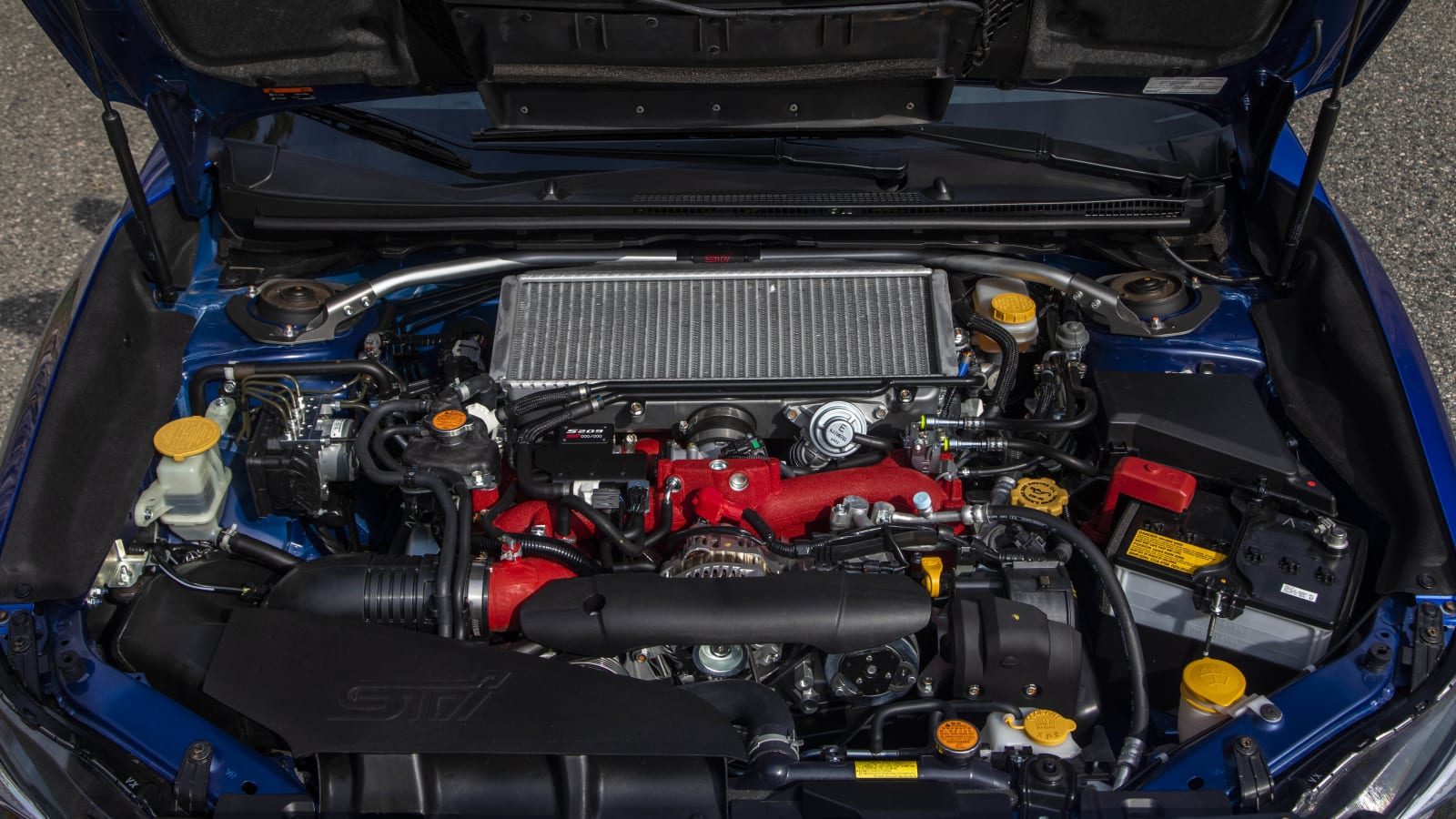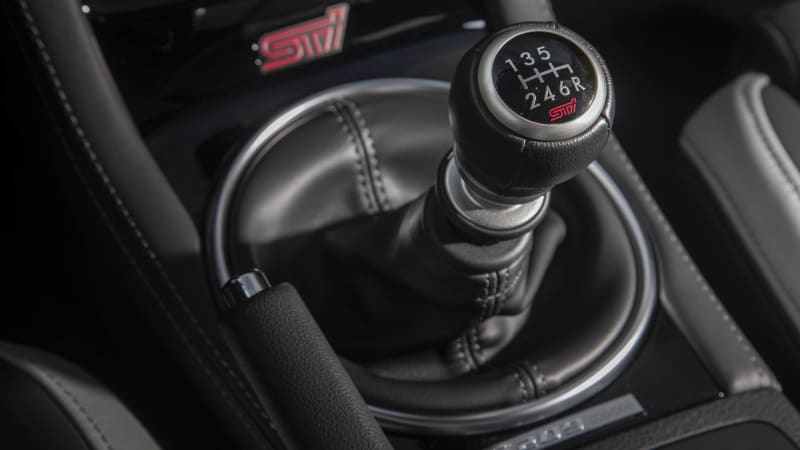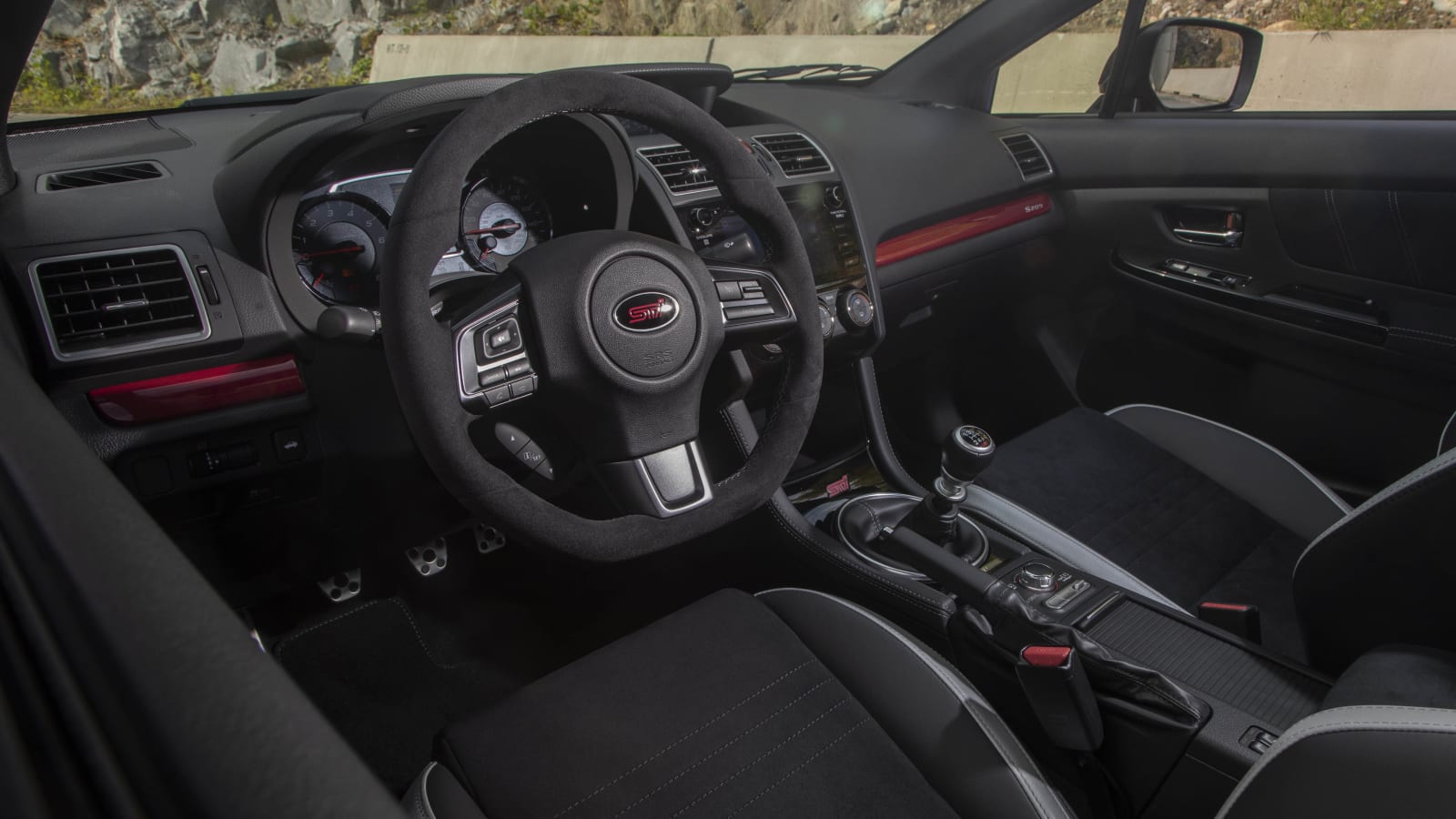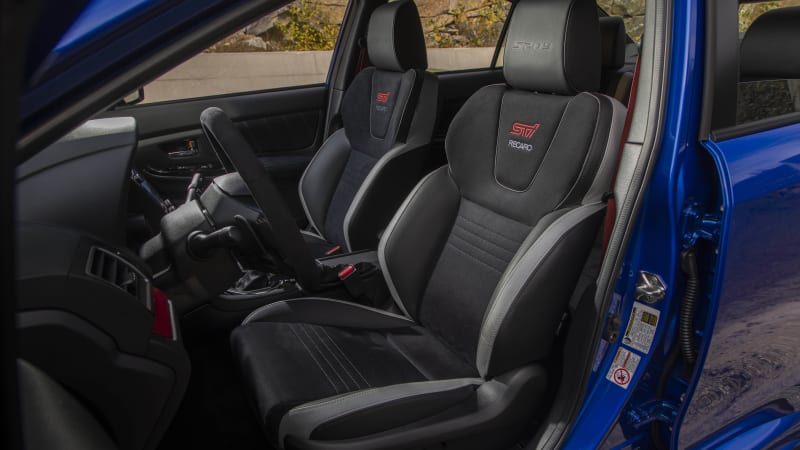2019 Subaru WRX STI S209 First Drive Review | The exotic Subie
https://ift.tt/2ntAEA5
It’s not often that you drive a Subaru that’s rarer than most Ferraris or Lamborghinis. And in its own modest way, the 2019 Subaru STI S209 is as special as such limited-edition offerings from highfalutin’ brands.
The S209 is Subaru’s rally-wrapped gift to America, the first S-Line model from the brand’s vaunted STI performance division to be exported to the United States. Only 209 copies are being built, all bound for the U.S. beginning in November, and it’s a dandy: The fastest, sharpest-handling, most sophisticated WRX ever to grace our shores. It’s what we get for making the current WRX the best-selling version ever, with sales increasing every year since its 2015 debut. Good job, America.
Don’t confuse this car with a typical “STI”-branded Impreza WRX, which are all produced alongside other Subarus in Gunma, Japan. This “STI” refers to the scrappy, stand-alone performance unit called Subaru Tecnica International, now with barely 120 employees, that’s been responsible for beloved Japanese-market “S-cars” such as the S202 through S208. It owns a combined five manufacturer’s and driver’s titles in the World Rally Championship, and more recently, multiple class wins at the 24 Hours Nürburgring. STI’s small shop in Mitaka, Japan, is building just two or three S209’s per day, and their handiwork – right down to hand-polished exhaust tips – is memorialized with a pair of serialized production plaques: one in the cabin and one atop the 341-horsepower, 2.5-liter boxer four engine.



Subaru considered using its 2.0-liter turbo, but went with a modified version of the 2.5-liter EJ25 used in the WRX STI Type RA, because the larger-displacement motor meant less turbo lag.
There’s no typical plastic cover, so the gloriously exposed engine flaunts a redesigned intake with a conical air filter and enlarged ducts. An enlarged turbocharger is designed to STI specs by the respected aftermarket company HKS, which lifts the Type RA’s boost from 16.2 to 18.9 psi. A catback exhaust system further reduces back pressure by 17 percent relative the Type RA, and 50 percent versus a basic STI. The S209’s resulting 341 horses and 330 pound-feet of torque compares with 310 hp and 290 pound-feet in the 2019 WRX STI.
Subaru had to quash its ambitious plans for forged pistons and connecting rods, due to potential durability concerns that the company now suspects was a non-issue. Nevertheless, Subaru ultimately decided to take no chances with this special, high-profile car, and went with cast components instead, with no resulting loss in horsepower.
Subaru cites a 4.9-second squirt to 60 mph, and a 13.3-second quarter mile. Owners should actually see faster times in the real world, because Subaru records company acceleration runs with more than 350 pounds of added weight aboard, to mimic a human passenger and other additional cargo. Top speed is a lusty 162 mph.




With power present and accounted for, STI engineers went to work on the body, chassis and aerodynamics. Bulging fenders broaden the Subie by 1.7 inches, making room for wider wheels and tires. New front canards and side spoilers manage airflow, while functional fender outlets help cool the engine compartment. A stiffened inner hood duct better resists deflection at speed, and directs 6.3 percent more air to the turbo intercooler. A carbon roof panel saves 8 pounds and lowers the center of gravity by 2 mm. But the police-baiting calling card is a carbon-fiber, GT racing-style wing – it adjusts manually over two positions – that can create as much as 42 pounds of downforce at 75 mph. The S209 is a fairly chunky beast at 3,485 pounds, about 90 more than Subaru’s previous Type RA, due mainly to the larger turbo and wheels.
Running flat-out, I sample another clever bit of S209 tech: Toggling either steering wheel paddle sends a mist of water from underhood nozzles onto the turbo intercooler for a burst of extra power.
The top handling priority was to reduce the WRX’s “hysteresis,” a fancy engineering term for the time lag between turning the steering wheel and the car’s attendant reaction. Subaru says the S209’s steering yaw response is 15% better than even the Type RA, itself a veritable waterbug of a sedan. So-called “draw stiffeners,” developed on the brand’s Nürburgring racers, connect the lower front suspension arms to the body crossmember. A sophisticated, flexible front tower bar improves cornering and straight-line stability. Another damped draw stiffener again preloads the rear suspension for faster steering response and improved cornering force. There’s a new rear subframe brace, and spherical suspension joints that increase the tire contact patch by as much as 20 percent under duress. Bilstein dampers, stiffer in compression but softer in rebound vs. the Type RA, mate with 10-mm lowering springs.
Add a smartly tuned hydraulic steering rack that’s increasingly a unicorn among today’s electric-assisted cars, and the S209 becomes a marvel of right-now responses and lavish feedback through a driver’s (likely quivering) fingertips. Subaru also retuned its SI-Drive system and its three selectable driving modes, including the S mode for twisty roads or race circuits, or the S# mode for optimal acceleration.
Finally, Brembo brakes, including six-piston, silver-painted front calipers, add high-performance brake pads that reduce fade by 30 percent, at some expense to added noise and brake dust. They’re worth it. Those brakes are encompassed by forged 19-inch BBS wheels, wrapped in super-sticky Dunlop SP Sport Maxx GT600A tires featuring a unique rubber compound that Subaru says will outperform comparable tires in wet, slippery conditions. Add it up, and Subaru says the S209 generates a remarkable 1.08 g’s of maximum lateral adhesion.



Silver and cherry-blossom red accents adorn the cabin, with more crimson touches outside. Two-tone Recaro bucket seats, with “S209” embossed on headrests, strike a smart balance between body-hugging force and long-distance comfort. That comfort is further enhanced by the aforementioned suspension technology that controls body roll and brake drive to a remarkable degree, but without unduly harshening the ride. The S209 seems to ride more smoothly, and allow less shock and vibration into the cabin, than a garden-variety WRX.
Few Subaru fanatics will ever see an S209 in the flesh, let alone drive or own one. The majority of dealers won’t, either.“The worry we’ve got is how much heat we’re going to get from dealers who don’t get one.”
Subaru further developed the S209 on the wide-open spaces of Virginia International Raceway, where pro driver Scott Speed tore off a lap in a blistering 2 minutes, 56.9 seconds. That’s on par with such formidable performers as a two-seat, mid-engine Porsche 718 Cayman GTS or a Cadillac CTS-V, whose 640 hp nearly doubles the Subie’s output.
On this day, however, I’m running laps at Palmer Motorsports Park in Massachusetts, a 2.3-mile daredevil of a road course cut from a granite mountainside, with 190 feet of vertical elevation change. As I sizzle my way around its enticing array of tight corners, uphill chicanes, fast sweepers and blind crests, all the S209’s eye-opening numbers seem less surprising.
On road or track, the unique six-speed manual shifter is welcome, with 10% shorter throws and satisfying, chunky engagement. Running flat-out through a steep, downhill right-hander onto the main straight, I sample another clever bit of S209 tech: Toggling either steering wheel paddle sends a mist of water from underhood nozzles onto the engine’s turbo intercooler, reducing charge temperatures for a brief burst of extra power (it’s fed by a nearly 1-gallon tank in the trunk that unfortunately eliminates the usual spare tire). It’s unusual, in a very good way, but it would be nice if there was a dashboard light, audio alert or some means of letting you know it’s been activated.


This S209 is an absolute hoot, and as practical as any four-door Subaru. In any conditions, including a brief drizzle that dampens the track, this extra-special STI responds and reacts exactly as you’d expect, with no nasty surprises. As with even the most basic WRX, the S209 would make an ideal teaching car: Fast and capable enough to thrill the most jaded pilot, but not so fast or volatile that the car wants to kill you.
During our memorable day at Palmer’s roller-coaster track, the only thing that threw cold water on the fun – as opposed to that turbo intercooler – was the disappointment of knowing how few Subaru fanatics will ever see an S209 in the flesh, let alone drive or own one. With Subaru backing more than 600 franchises in America, the majority of Subaru dealers won’t be seeing one, either.
“The worry we’ve got is how much heat we’re going to get from dealers who don’t get one,” said Dominick Infante, communications director for Subaru of America.
The company is building so few cars that executives could cite specific production numbers for each of two available paint and wheel colors: 128 units in World Rally Blue with matte silver wheels, and 81 in Crystal White Pearl with the gold wheels so familiar to WRX fans. (I’ll take mine in Crystal White, thank you, a color that really seemed to class up the Subie and highlight its gigantic wing and other exterior fillips).
Subaru also won’t announce pricing for a few more weeks. But since last year’s WRX STI Type RA went for $48,855 – about $13,000 more than a standard WRX STI – this rarer, racier bauble might plausibly approach or surpass $60,000. And that’s before the inevitable dealer mark-ups on a car that seems guaranteed to set off bidding wars and speculative flippers, and set the Subaru world aflame.
Naturally, Infante tells me, Subaru is discouraging dealers from marking up the sticker price, but those dealers are ultimately independent businesspeople and are free to charge what the market will bear. So, with that imaginary auction hammer in my hand, I ask you: How much would you pay for the fastest, wildest, most-exclusive Subaru in history?
Auto Blog
via Autoblog https://ift.tt/1afPJWx
September 26, 2019 at 06:34AM